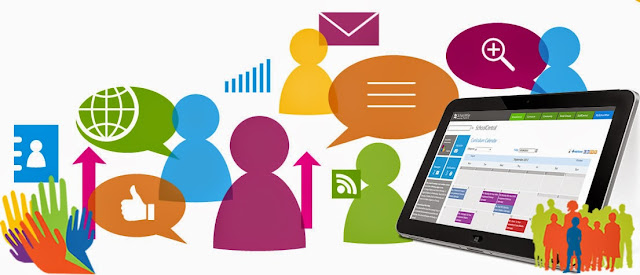As 21st century is the era of technology, education has become different from the past. The world we live in changes rapidly and just as today's world is very different from the past, there is no doubt that the future will be very different from today's world. As technology has become an indispensable part of every field of our life, it has an important place in education as well
And it will be much more crucial in the future in order to meet needs and face challenges of the rapidly-developing world. However, technology should not rule over the education, instead is should support the education. So, because of the changes in the context of our education, there is a need to develop a view of education in which students think more and parrot less, ask more questions, think critically and integrate technology such as creating blogs, websites, videos, programming into their education with the guide of teachers instead of their domination as opposed to past traditions.
And it will be much more crucial in the future in order to meet needs and face challenges of the rapidly-developing world. However, technology should not rule over the education, instead is should support the education. So, because of the changes in the context of our education, there is a need to develop a view of education in which students think more and parrot less, ask more questions, think critically and integrate technology such as creating blogs, websites, videos, programming into their education with the guide of teachers instead of their domination as opposed to past traditions.
Marc Prensky suggests that technology only helps when it supports a pedagogy of “Partnering”. (“The Role of Technology in Teaching and the Classroom”). Before using technology teachers should evaluate the needs of their students' technology-enhanced minds and know pedagogically how to integrate educational technology into their teaching and what to do with it by listening to students and taking their answers into account. According to Prensky, digital natives are those who were born after the adaption of digital technology and also have grown up using the Internet, computers and mobile devices.
As for the digital wisdom, he defines wisdom as the ability to find practical, creative, contextually appropriate, and emotionally satisfying solutions to complicated human problems. It emerges from the additional knowledge we gain from the appropriate use of technologies that enhance our capabilities. So he suggests in that essay that "The question we should ponder for that future is no longer whether to use the technologies of our time but rather how to use them to become better, wiser people."








